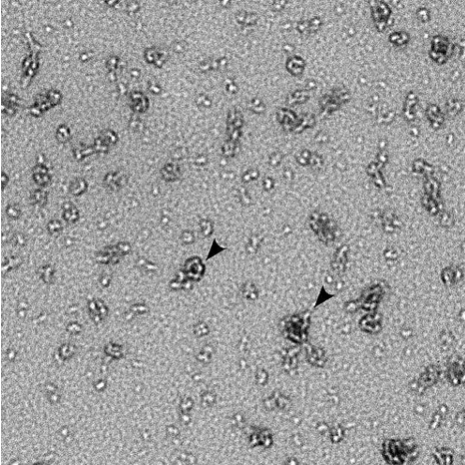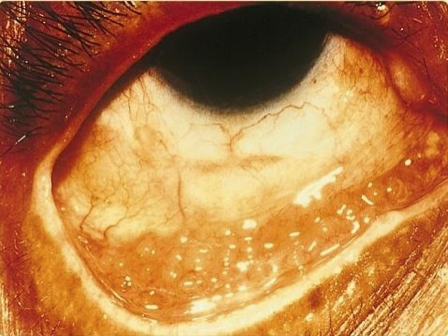This website uses cookies so that we can provide you with the best user experience possible. Cookie information is stored in your browser and performs functions such as recognising you when you return to our website and helping our team to understand which sections of the website you find most interesting and useful.
Chlamydia Symptoms in Women
[social_share/]
Chlamydia is a bacterial infection which is caused by Chlamydia trachomatis and is a sexually transmitted disease that can be passed from one person to another in various ways during sexual contact. It can also be passed from a mother to their baby when giving birth through contact with the vagina if the mother has the condition. Chlamydia is one of the most commonly transmitted STDs which is also sometimes referred to as an STI – sexually transmitted infection and is typically seen in young women aged 25 and under.

Chlamydia under the microscope
Chlamydia is typically treated by way of antibiotics but should the condition go untreated, then more serious health issues can become a real issue, one of which is infertility. However, many women who have contracted chlamydia don’t realise they have it because they don’t experience any symptoms. If there are any present, women normally suffer from the following but only around one to three weeks after having contracted the bacterial infection:
An unusual vaginal discharge – this includes an increase in discharge which is often a strange texture, colour and an unusual odour
Vaginal bleeding after having intercourse or between normal periods
Discomfort and pain in lower abdomen or pelvis
Discomfort and pain when urinating
Pain when having intercourse
Women can also contract chlamydia in their back passages – rectums – if they have anal sex with someone who is already suffering from the bacterial infection. The symptoms to watch out for include the following:
A discharge or bleeding from the anus
Pain and discomfort in the anus
However, more often than not, women who have contracted chlamydia in the rectum don’t experience any symptoms at all. With this said if semen or vaginal fluid that carries the chlamydia bacteria gets in your eyes, the infection quickly spreads to the conjunctiva which is the see through layer that is found covering the white of the eye and which can be very painful much like conjunctivitis.

Conjunctivitis caused by Chlamydia
What Complications are Associated with Chlamydia
When treated early enough, chlamydia does not typically pose a threat to a person’s health and well-being as such they will not normally experience any other long-term health issues. However, it is not a good idea to leave the condition untreated as it can lead to the infection spreading to other areas of the body which includes the womb (uterus), fallopian tubes and ovaries which result in a condition known as pelvic inflammatory disease.
Women who do not receive the right antibiotic treatment may also suffer blocked fallopian tubes and also be more likely to have an ectopic pregnancy and the infection could seriously affect their fertility. The chlamydia bacteria could also spread to the liver which can be very painful due to inflammation of the organ. Occasionally, women can also suffer from reactive arthritis as a result of not being treated for chlamydia although this is pretty rare.
The chlamydia bacteria is able to survive in the neck of a woman’s womb (cells of the cervix) as well as the urethra. It can also survive in the rectum and even occasionally in a woman’s throat and their eyes. The bacteria is passed from person to person through sexual contact but cannot be transmitted through kissing or hugging.
Conclusion
Women who experience any of the above symptoms should be examined by their doctors earlier rather than later so they can be put on a course of the right type of antibiotics. All sexual contact with partners should be stopped and partners would need to be tested to see if they have contracted the infection too. Anyone who has been afflicted with chlamydia and who has undergone treatment should be retested to make sure they are given the “all clear” before having any sexual contact with anyone and this has to be safe sex to help reduce the chances of further infections taking hold.



